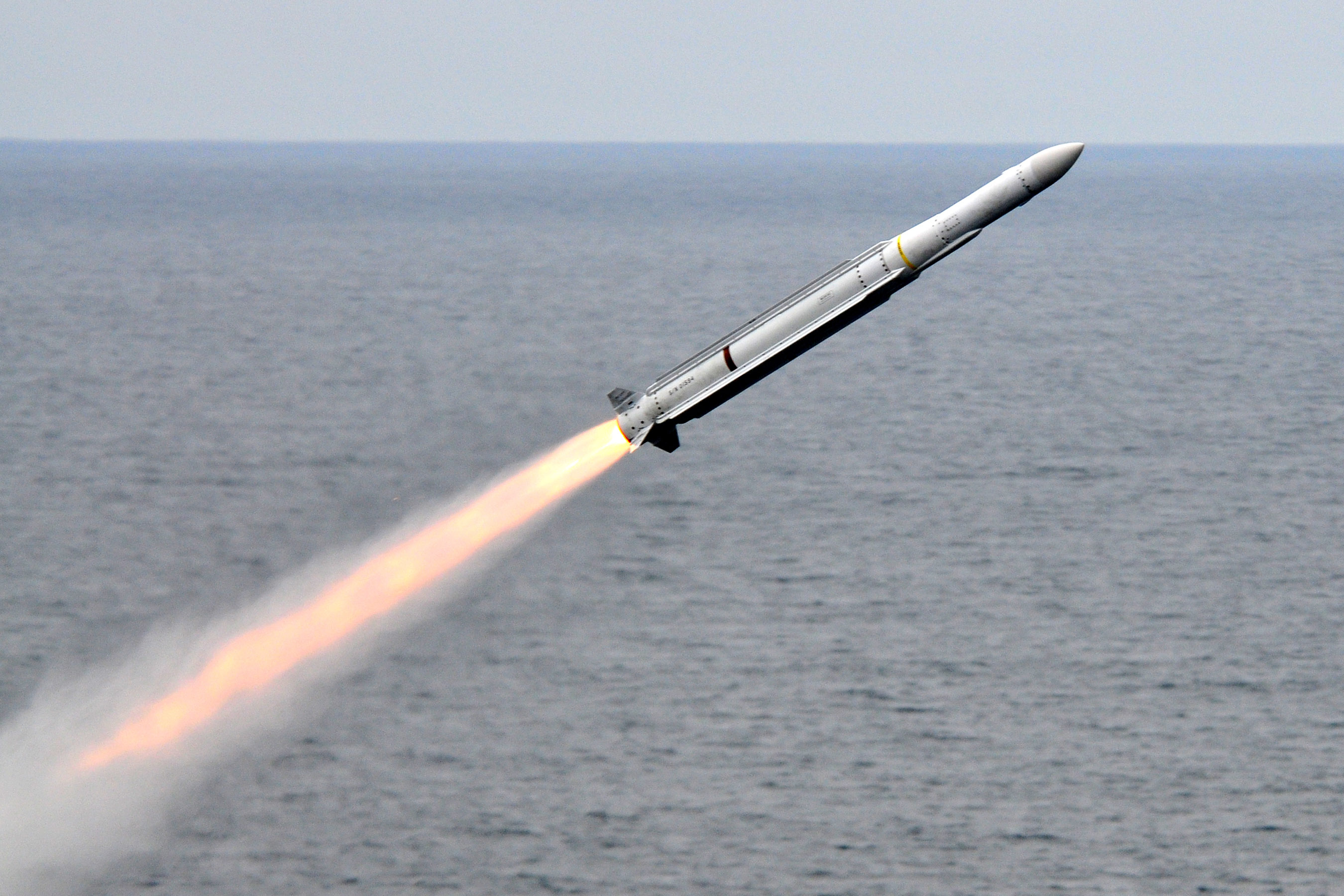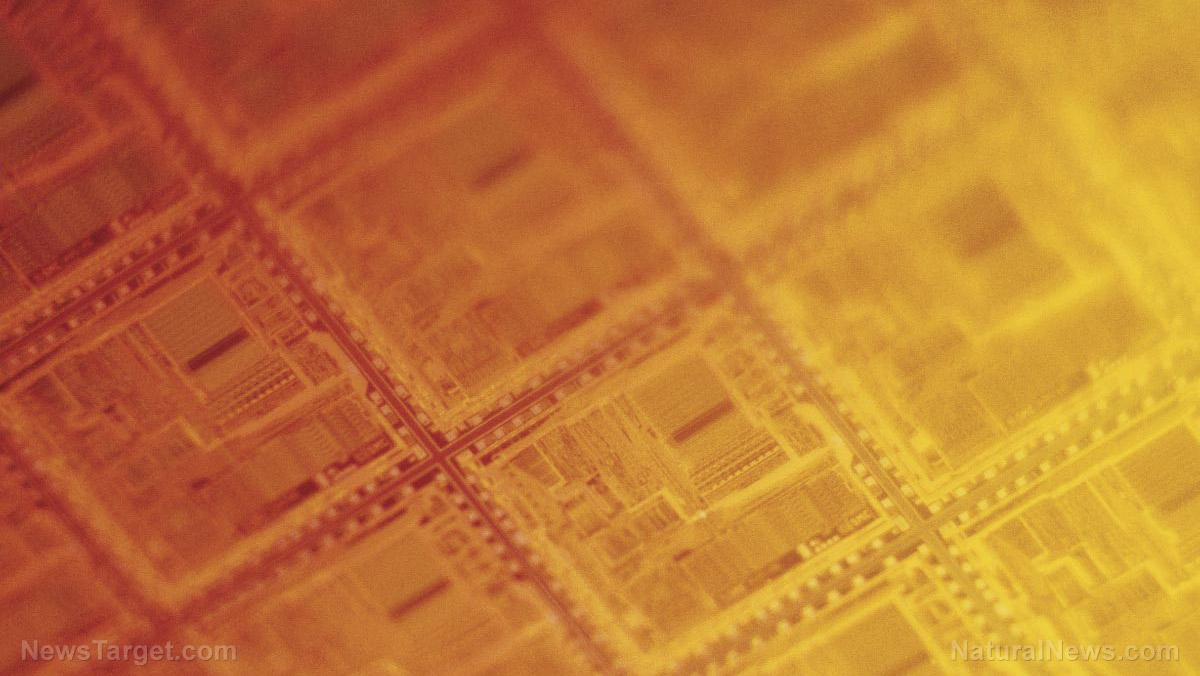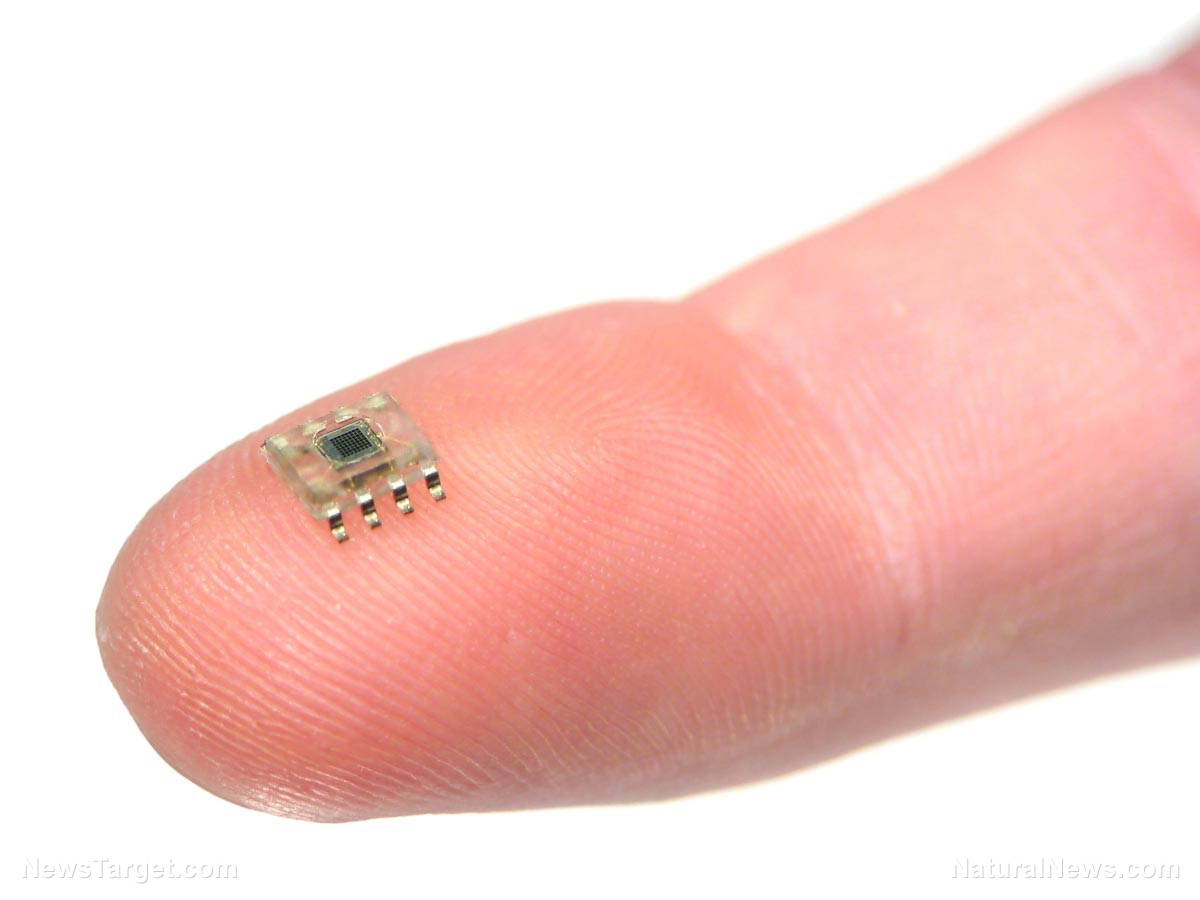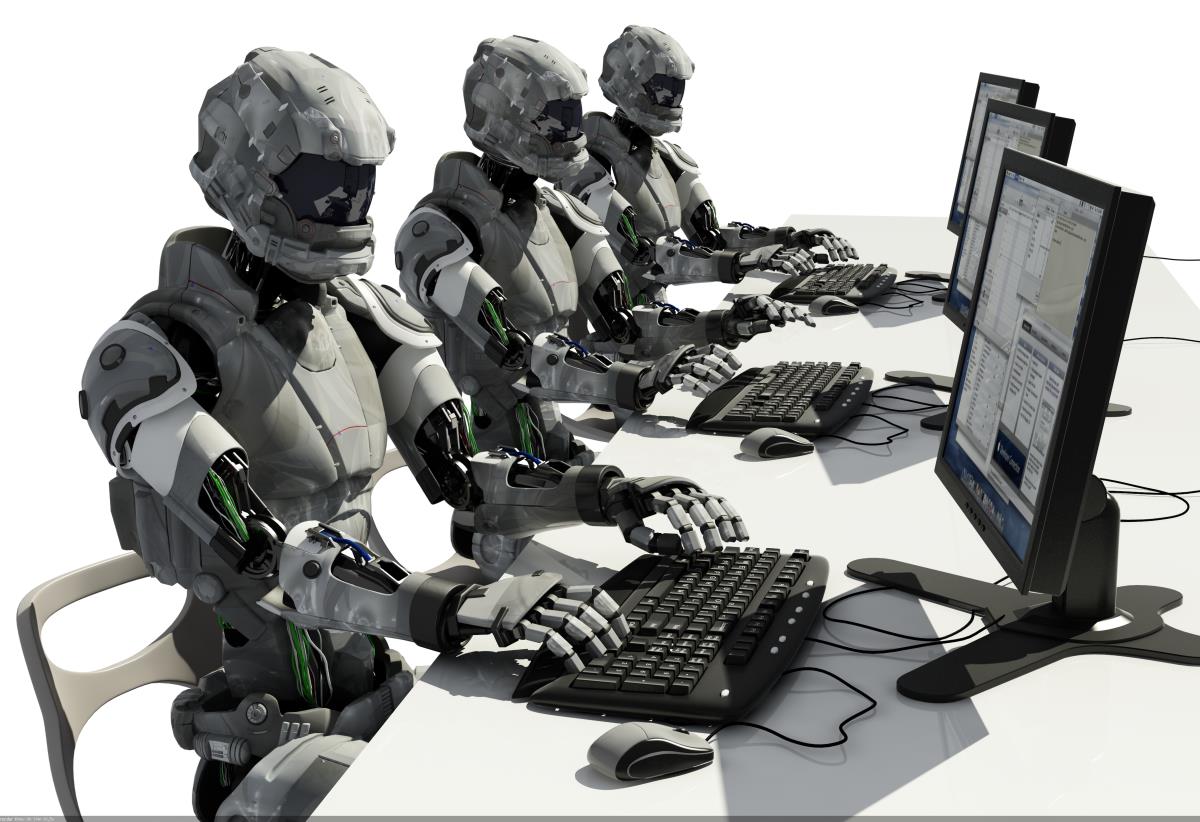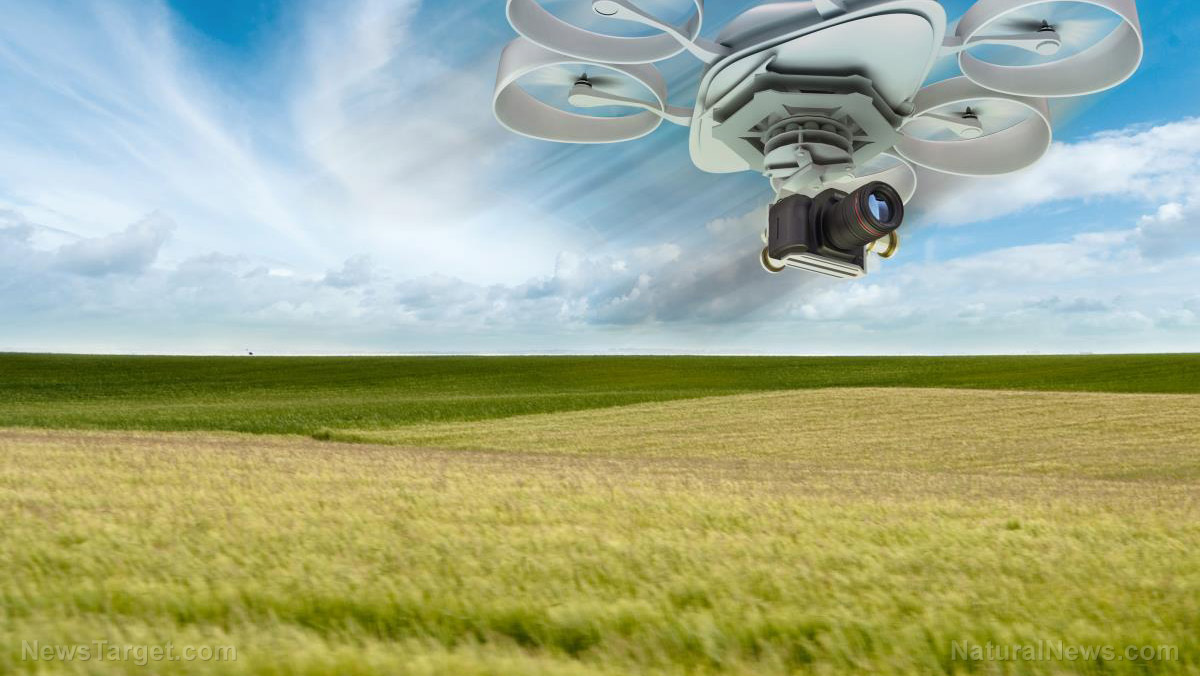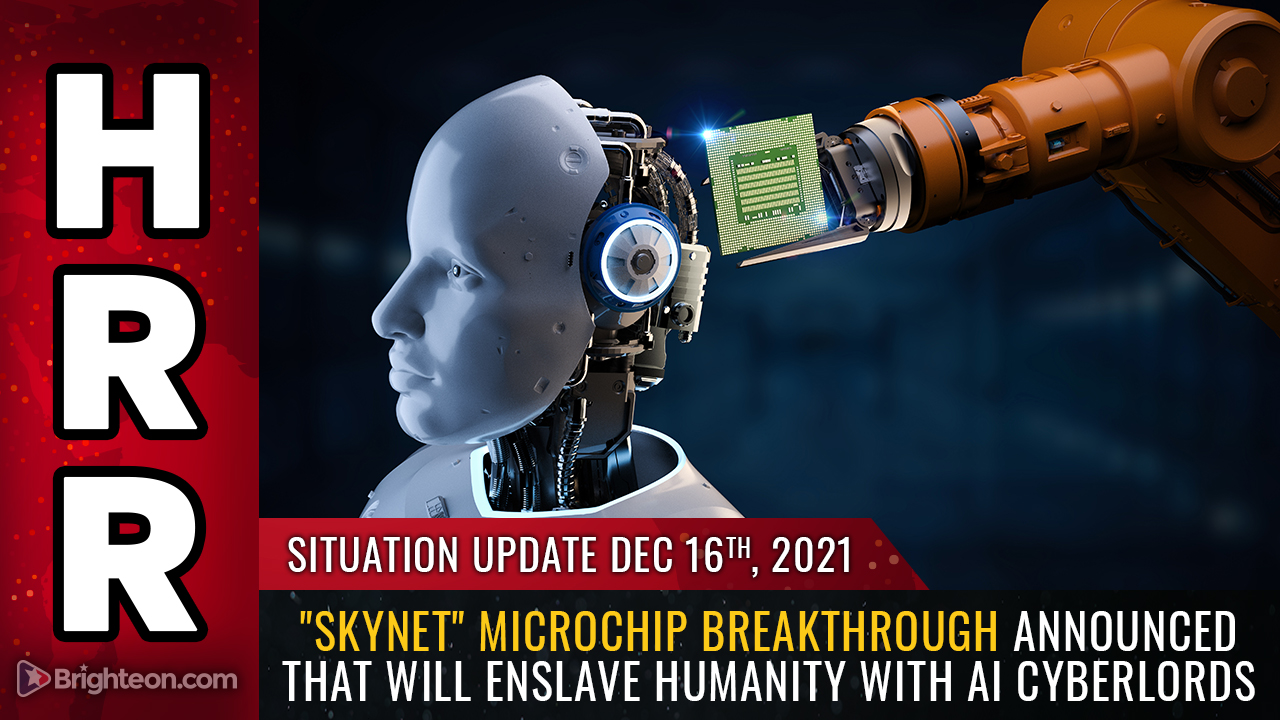Scientists develop AI program that uses x-rays to detect COVID-19
01/24/2022 / By Arsenio Toledo
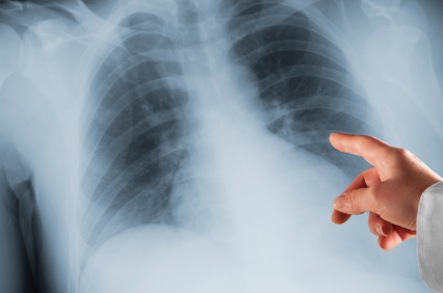
Scientists from the University of the West of Scotland (UWS) have created a groundbreaking artificial intelligence program that uses x-rays to detect the Wuhan coronavirus (COVID-19) faster and more accurately than standard PCR tests.
The process uses x-ray technology. The patient gets an x-ray done of his or her chest. The AI program then uses an algorithm to analyze the visual imagery and compare it to a database of nearly 3,000 scans belonging to patients with COVID-19, healthy people and others with viral pneumonia.
During extensive trials, the researchers found that this technique was able to detect COVID-19 with 98 percent accuracy. It was also able to detect the virus far more quickly than PCR tests, which typically take around two hours to process. (Related: The presence of a virus does NOT mean “disease:” PCR testing scheme EXPOSED as total science fraud.)
The three-person research team was led by Naeem Ramzan, director of the Affective and Human Computing for SMART Environments Research Center at UWS.
“There has long been a need for a quick and reliable tool that can detect COVID-19, and this has become even more true with the upswing of the omicron variant,” said Ramzan. He added that the technology could help countries that rely too much on PCR tests, especially if they are running low on them.
In England, for example, there were concerns towards the end of last year about the rampant shortage of PCR tests, as availability struggled to keep up with increased demand for COVID-19 tests.
The situation was alleviated somewhat earlier this month when public health authorities relaxed testing requirements for COVID-19. But the shortages remain, and people are still heavily reliant on faulty PCR tests.
“Several countries are unable to carry out large numbers of COVID tests because of limited diagnostic tools, but this technique utilizes easily accessible technology to quickly detect the virus,” said Ramzan. “It could prove to be crucial, and potentially life-saving, when diagnosing severe cases of the virus, helping determine what treatment may be required.”
Program could be deployed to hospitals to replace inaccurate PCR tests soon
Ramzan and his team are now planning to expand the study by incorporating a larger database of x-ray images acquired by different models of x-ray machines. The goal of this expanded study is to evaluate whether this technology can be rolled out to hospitals and clinics.
These healthcare facilities would then be made responsible for detecting COVID-19 in patients, rather than getting the tests and outsourcing the running of those tests to labs.
Despite the groundbreaking nature of his research, Ramzan claimed that the AI program should not be considered as a substitute for PCR tests.
“COVID-19 symptoms are not visible in x-rays during the early stages of infection, so it is important to note that the technology cannot fully replace PCR tests,” he said. “However, it can still play an important role in curtailing the viruses spread, especially when PCR tests are not readily available.”
Milan Radosavljevic, Vice-Principal of Research, Innovation and Engagement at UWS, said that Ramzan’s research could be “game-changing.”
“This is potentially game-changing research. It’s another example of the purposeful, impactful work that has gone on at UWS throughout the pandemic, making a genuine difference in the fight against COVID-19,” he said. “I am incredibly proud of the drive and innovation demonstrated by our internationally renowned academics, as they strive to find solutions to urgent global problems.”
Watch this video and see how the Centers for Disease Control and Prevention has already admitted that COVID-19 PCR tests are unable to differentiate between SARS-CoV-2 and other coronaviruses.
This video can be found on the Health Ranger Report channel on Brighteon.com.
Learn more about newly developed methods to detect COVID-19 at Pandemic.news.
Sources include:
Tagged Under: AI program, artificial intelligence, breakthrough, coronavirus, covid-19, covid-19 tests, discoveries, future science, future tech, infections, innovation, inventions, outbreak, pandemic, PCR tests, x-rays
RECENT NEWS & ARTICLES
COPYRIGHT © 2017 FUTURETECH.NEWS
All content posted on this site is protected under Free Speech. FutureTech.news is not responsible for content written by contributing authors. The information on this site is provided for educational and entertainment purposes only. It is not intended as a substitute for professional advice of any kind. FutureTech.news assumes no responsibility for the use or misuse of this material. All trademarks, registered trademarks and service marks mentioned on this site are the property of their respective owners.



